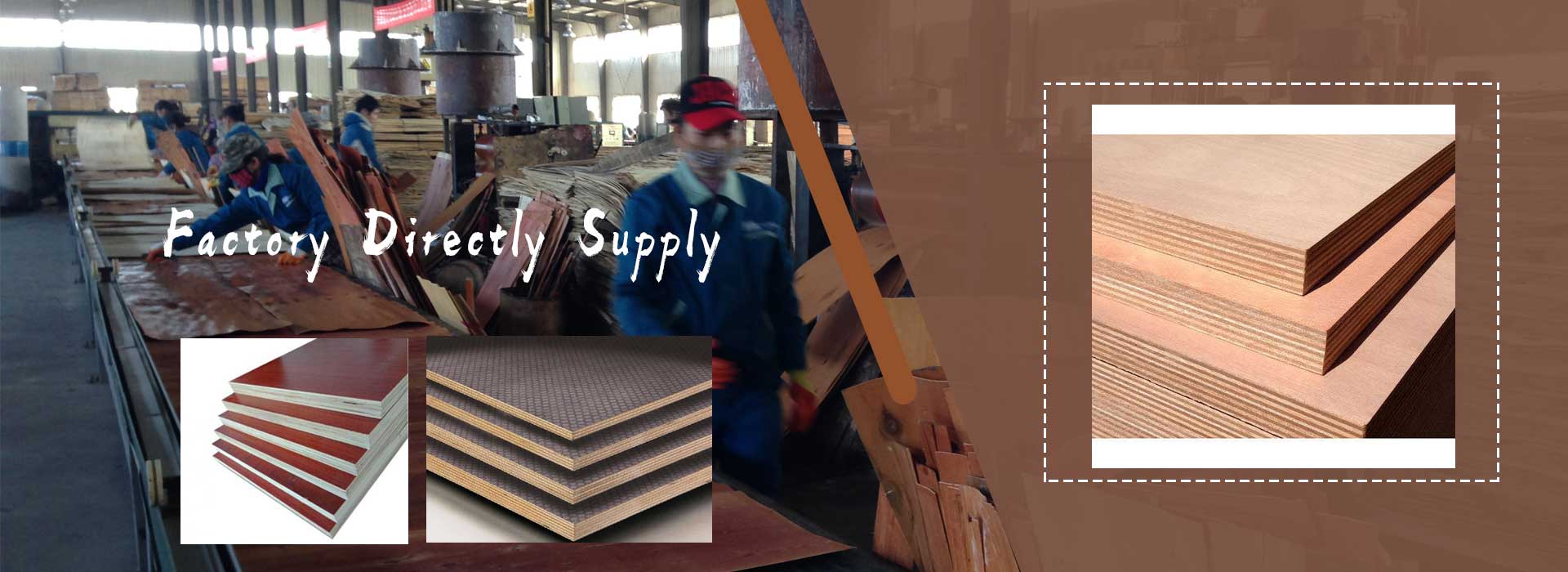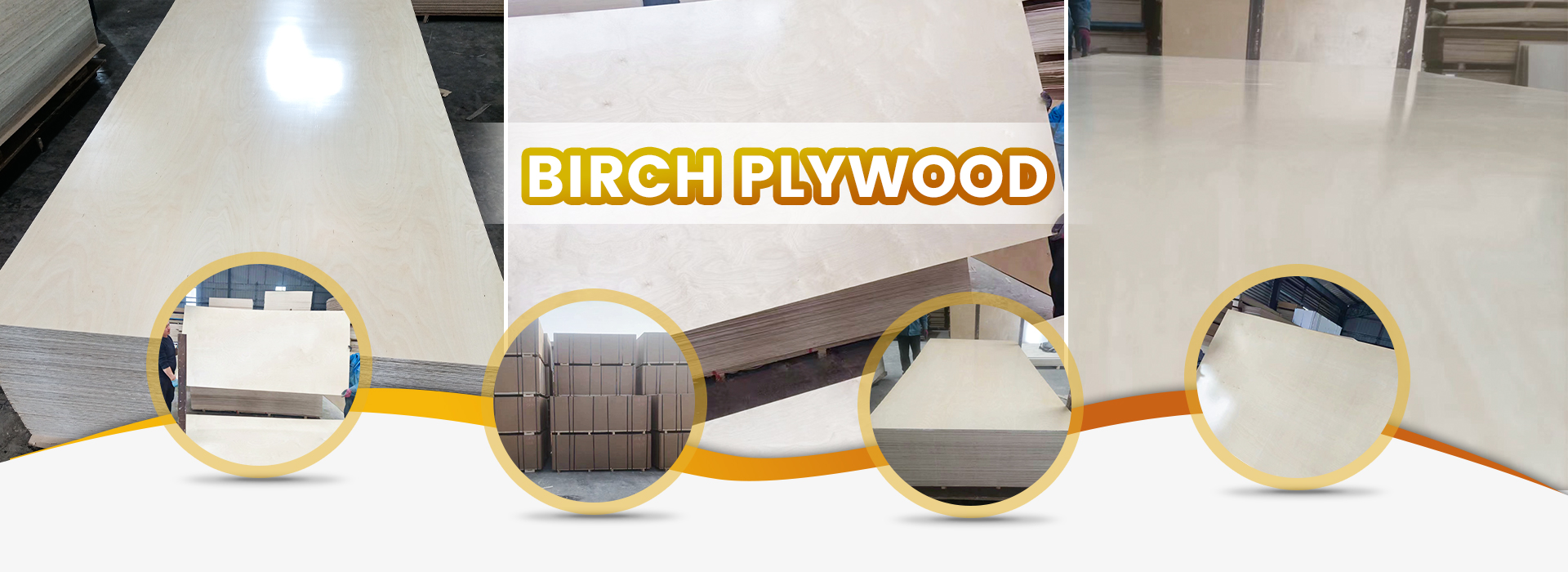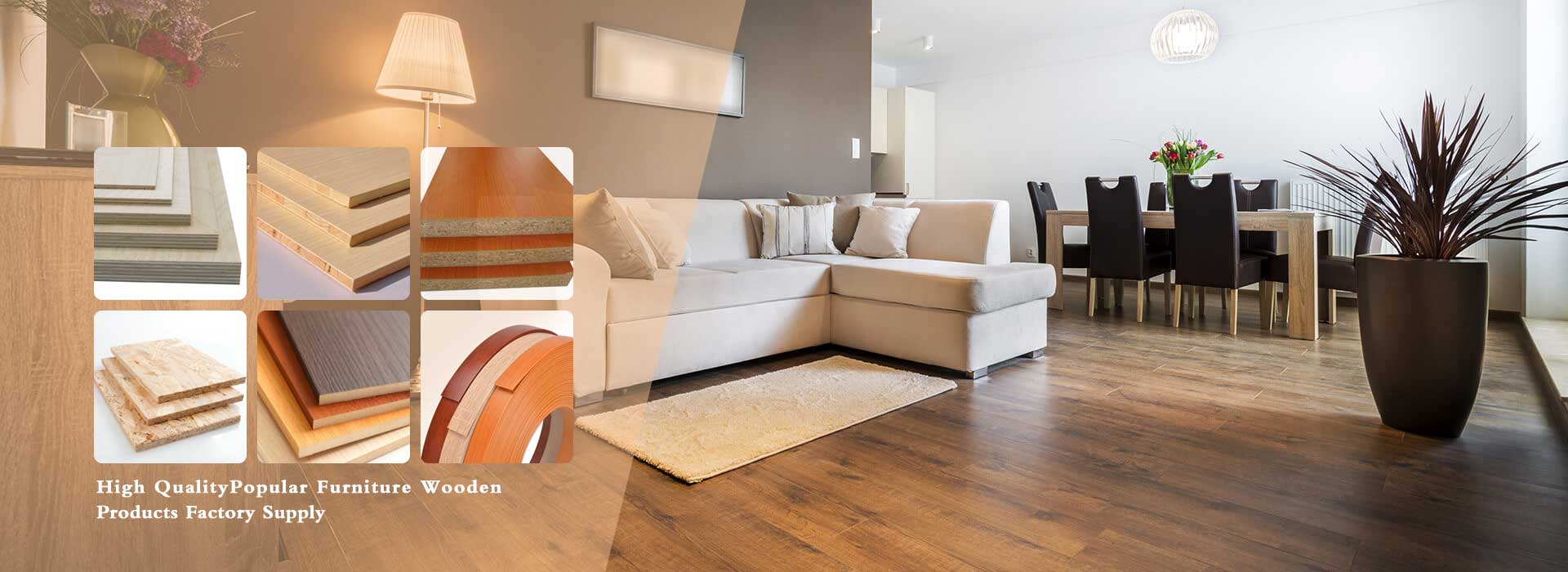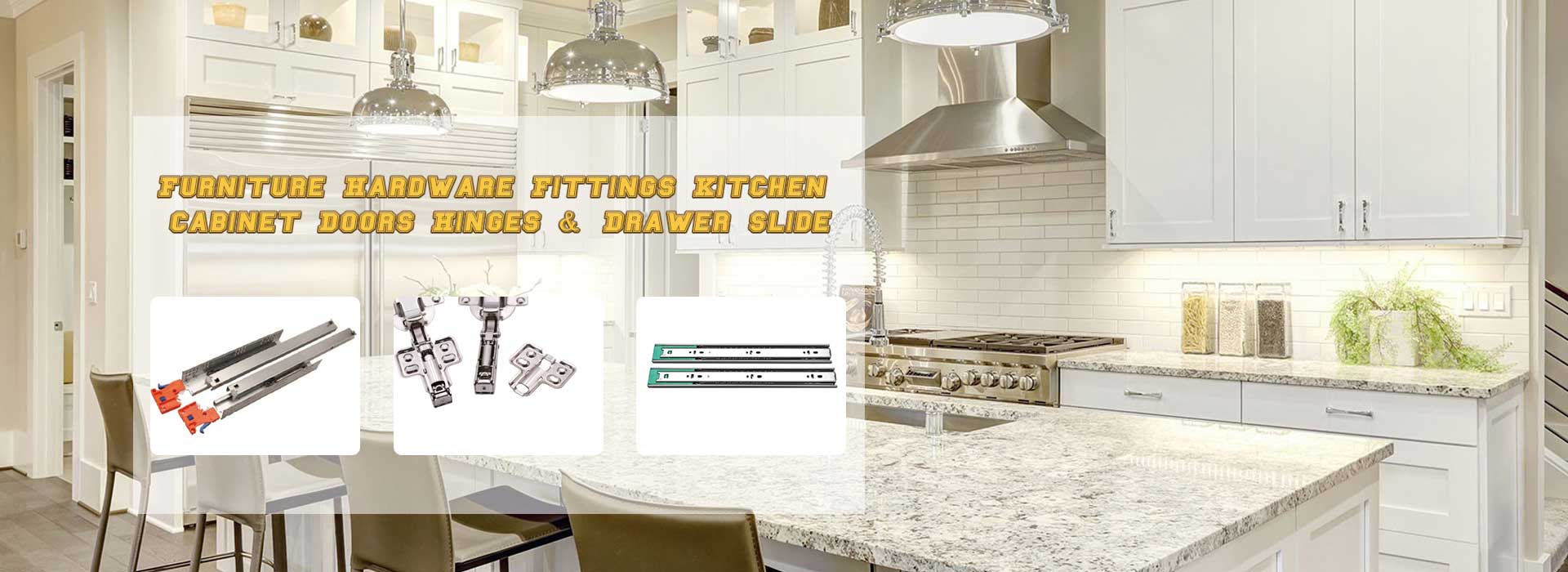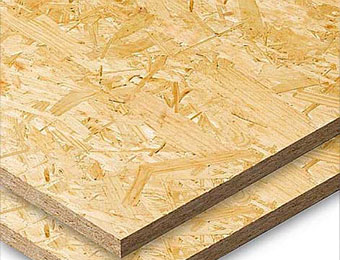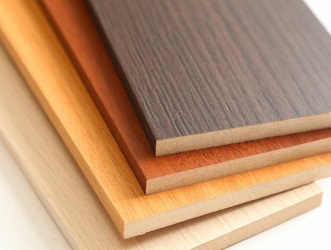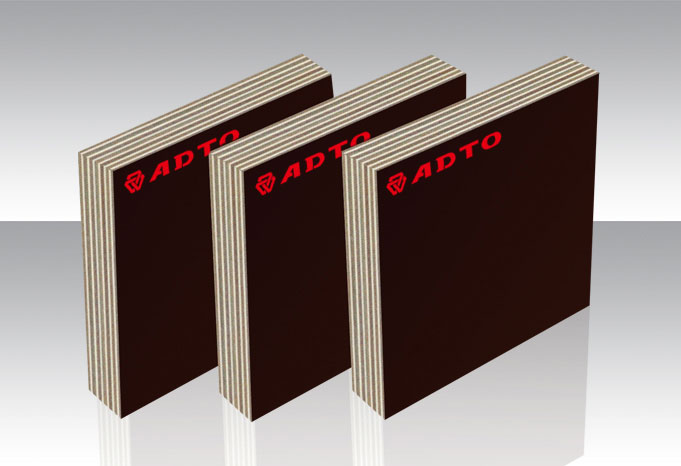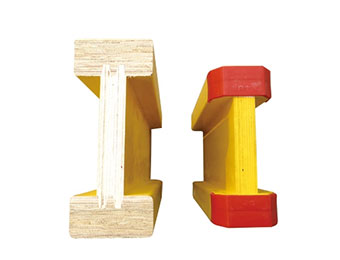MDF board, also known as Medium Density Fiberboard, is a type of panel made by crushing and soaking waste materials such as bark, wood chips, and branches, grinding them into wood pulp, applying urea-formaldehyde resin or other suitable adhesives, and then pressing and drying them to form boards.
The advantages of using MDF board as furniture panels include:
- Uniform material with minimal difference in longitudinal and transverse strength, making it less prone to cracking.
- Soft and impact-resistant, good bending and shaping capabilities, easy to mill, suitable for decorative paneling.
The disadvantages of using MDF board as furniture panels include:
- Powder-like internal structure that is not moisture-resistant, leading to swelling when exposed to water and causing warping and deformation due to differential expansion forces.
- Poor nail-holding ability, with the fine fiber structure of the board resulting in lower nail-holding strength compared to particle board, making screws prone to loosening after tightening.
In conclusion, while MDF board offers several advantages in terms of uniformity, strength, and workability, its susceptibility to moisture and lower nail-holding capacity are important factors to consider when using it as furniture paneling material. Proper handling and sealing can help mitigate some of these drawbacks and maximize the benefits of MDF board in furniture construction.


